Peels, Acids And What You Need To Know
Deciding between a peel vs. physical exfoliator and what may be best for you? As we have more and more options in the world of acids we wanted to outline the treatment benefits of the at-home peel ingredients to look out for. Here are some things to keep in mind when deciding which is right for you.
So why peel you ask? Peels can be a nice addition to your regimen because they are not physical exfoliants, which can, if over used cause redness, dryness and irritated skin. A peel is a gentler way to exfoliate during the winter. Peels work by dissolving the top layer/layers of skin, depending on the type of acid, to get the ‘repair’ started. Certain acids such as Lactic, are safe for sensitive skin as they pull moisture to the surface.
Peels are more effective during your 20’s and 30’s, whereas retinoids are better after 40. Acids are different than retinoids. Retinoids cause inflammation to get the skin to regenerate, whereas acids dissolve dead skin cells on the top layers of skin.
A few things to now about peels are :
- Peels are good for sensitive skin instead of physical scrubs because there is no abrasion.
- Lower strength acids are less aggravating.
- Most store bought peels only go up to 10-20% acid, while aggressive in-office peels can be up to 70%.
- A good peel should tingle but not burn-not. It should not cause redness or dusting(unless in-office)
- Skin will glow after a peel.
The Acids
- regenerates collagen
- smallest molecule-penetrates the deepest
- thickens epidermis
- evens out skin tone
- can be very aggressive
- derived from sugar
Our favorite Glycolic Acid peel: Sunday Riley’s Good Genes
- derived from sour milk
- 2nd smallest molecular
- more gentle than glycolic
- removes dead skin cells
- hydrating (pulls moisture up to top layer of skin)
Our favorite Lactic Acid peel: Goldfaden MD’s Fresh A Peel
The Fruit Acids
- can be citric acid- derived from lemon or grapefruit
- can be malic acid- derived from apples
- peels upper surface layer of skin
- usually combined with glycolic or lactic to be more intense/effective
Salicylic
- beta hydroxy
- treats acne
- unclogs pores
TCA (Trichoroacetic acid)
- can be very intense
- can days to recover
- actual peeling skin
- SPF needed for months after
- usually performed in office
- recommended for darker skin individuals
- helps with pigmentation issues
There are so many wonderful options for peels today! Think about what your skin concerns are and then try a few different types of peels. For a few weeks try pads and then switch to a liquid, one step peel. Sometimes discovering what is best for your skin can be trial and error, so go easy if it is strong acid, as you do not want to overdo.
Happy peeling!

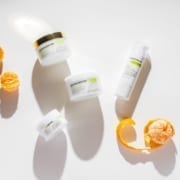
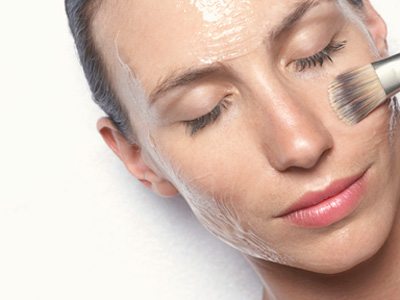

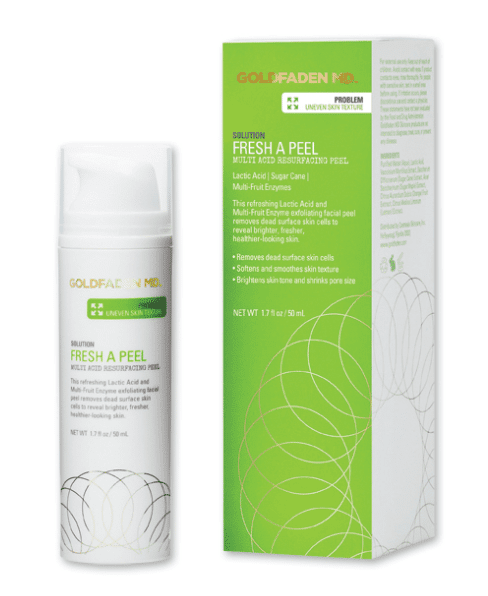

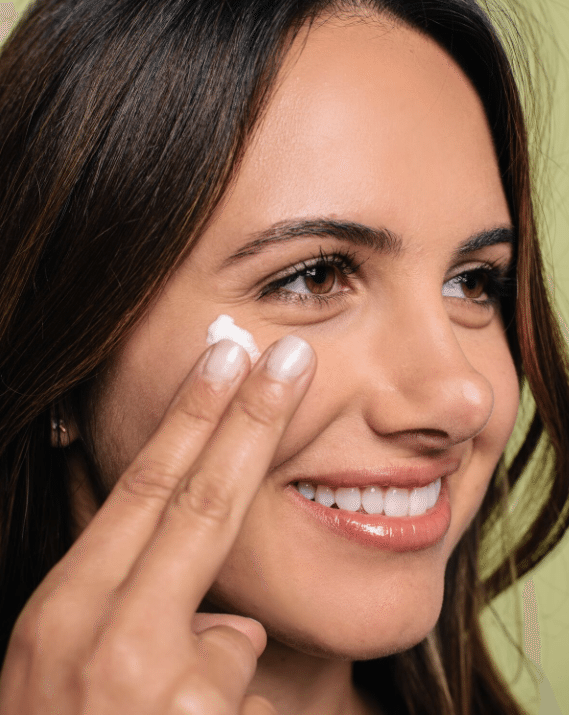
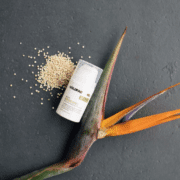
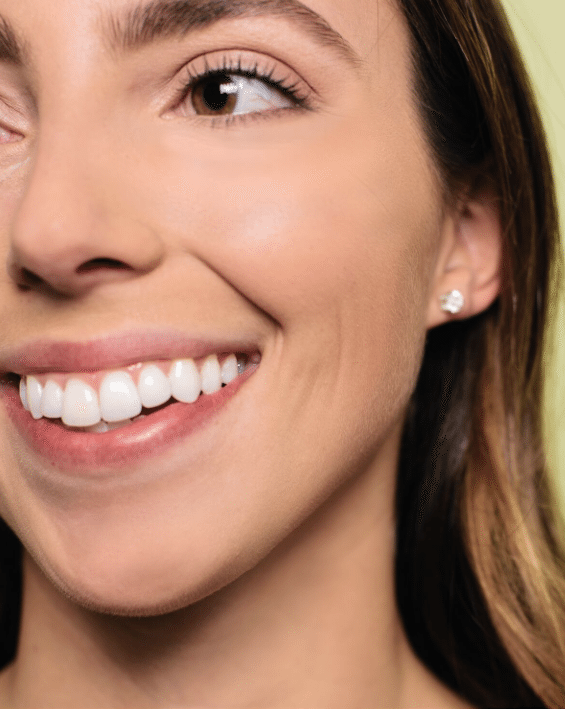

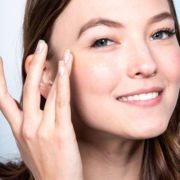

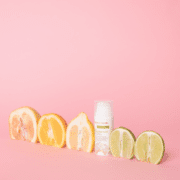
Leave a Reply
Want to join the discussion?Feel free to contribute!